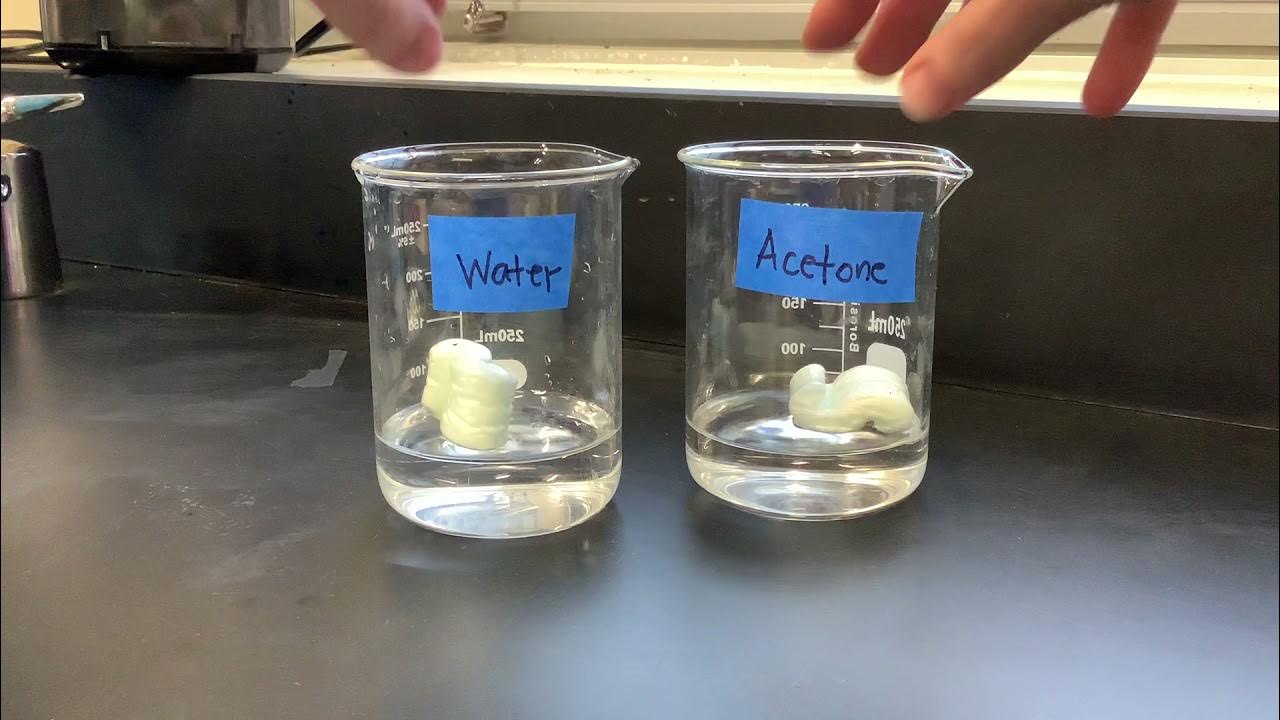Water is not just a simple molecule; it is a vital component of life on Earth. The unique properties of water, primarily its polarity, play a significant role in shaping the ecosystems within aquatic environments. This article delves into the intricate relationship between water's polarity and the diverse forms of life that depend on it. By exploring how this essential trait influences various biological processes, we can better appreciate the delicate balance of aquatic ecosystems.
One of the defining characteristics of water is its polar nature, which arises from the unequal sharing of electrons between oxygen and hydrogen atoms. This polarity leads to the formation of hydrogen bonds, granting water its remarkable abilities to dissolve substances, regulate temperature, and support various chemical reactions. These properties are crucial for the survival of aquatic organisms, as they directly affect their habitat, nutrient availability, and overall health.
As we navigate through the complexities of water's polarity, it becomes essential to understand its implications on aquatic life. From the smallest microorganisms to the largest mammals, every organism relies on water's unique properties for growth, reproduction, and sustenance. In this article, we will explore the various ways in which water's polarity affects aquatic life, highlighting the interconnectedness of life and the environment.
What is Water's Polarity?
Water's polarity refers to the distribution of electrical charge within the water molecule. The oxygen atom has a partial negative charge, while the hydrogen atoms have partial positive charges. This charge imbalance creates a polar molecule, which leads to several critical properties of water.
How Does Water's Polarity Influence Temperature Regulation?
One of the most significant effects of water's polarity is its capacity to regulate temperature. Water can absorb and store large amounts of heat due to hydrogen bonding, which plays a crucial role in maintaining stable temperatures in aquatic environments. This property is vital for the survival of aquatic life, as it protects organisms from extreme temperature fluctuations.
What Role Does Water's Polarity Play in Nutrient Availability?
Water's polar nature allows it to dissolve a wide array of substances, including essential nutrients and minerals. This characteristic is paramount for aquatic organisms, as it facilitates the transport of nutrients throughout the water column. Nutrient availability is directly linked to the health of aquatic ecosystems, influencing everything from phytoplankton growth to the feeding habits of larger animals.
In What Way Does Water's Polarity Affect Aquatic Habitats?
Aquatic habitats are shaped by the unique properties of water, particularly its polarity. The ability of water to form hydrogen bonds leads to phenomena such as surface tension and capillary action, which influence the structure of aquatic environments. For example, the surface tension of water allows small organisms to remain on the surface, while capillary action helps in the movement of water through soil and aquatic plants.
How Does Water's Polarity Impact Aquatic Organisms' Survival?
The survival of aquatic organisms is intricately tied to water's polarity. Many physiological processes, such as respiration and digestion, depend on water as a solvent. Additionally, the unique properties of water allow for the transport of gases, such as oxygen and carbon dioxide, which are essential for the survival of aquatic life.
What Are the Implications of Water's Polarity on Aquatic Food Chains?
Water's polarity significantly affects nutrient cycling and energy flow within aquatic food webs. As the primary medium for nutrient transport, water facilitates interactions between producers, consumers, and decomposers. Consequently, the health of aquatic ecosystems is closely linked to the availability and distribution of water, highlighting the importance of conserving water resources.
In What Way Does Water's Polarity Affect Aquatic Life Beyond the Surface?
Water's polarity has profound effects not only on surface-dwelling organisms but also on those living in deeper aquatic environments. The unique properties of water influence the distribution of heat, nutrients, and oxygen throughout different layers of water. This stratification is crucial for maintaining biodiversity, as it creates various niches for different species to thrive.
Conclusion: The Essential Role of Water's Polarity in Aquatic Life
In what way does water's polarity affect aquatic life? The answer lies in its ability to regulate temperature, dissolve nutrients, and support complex biological processes. The interconnectedness of water's properties and aquatic organisms highlights the need for responsible water management and conservation efforts. As we continue to explore the depths of aquatic ecosystems, understanding the significance of water's polarity will be essential for preserving the delicate balance of life within them.



